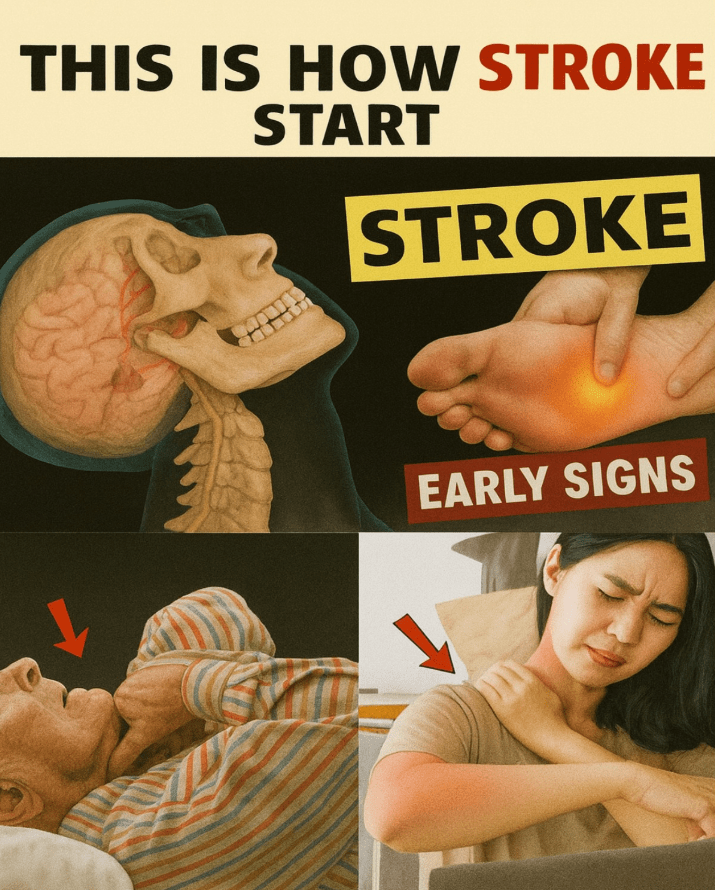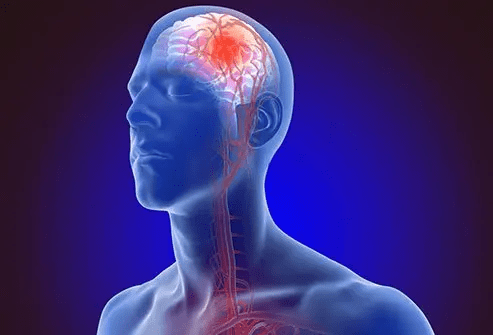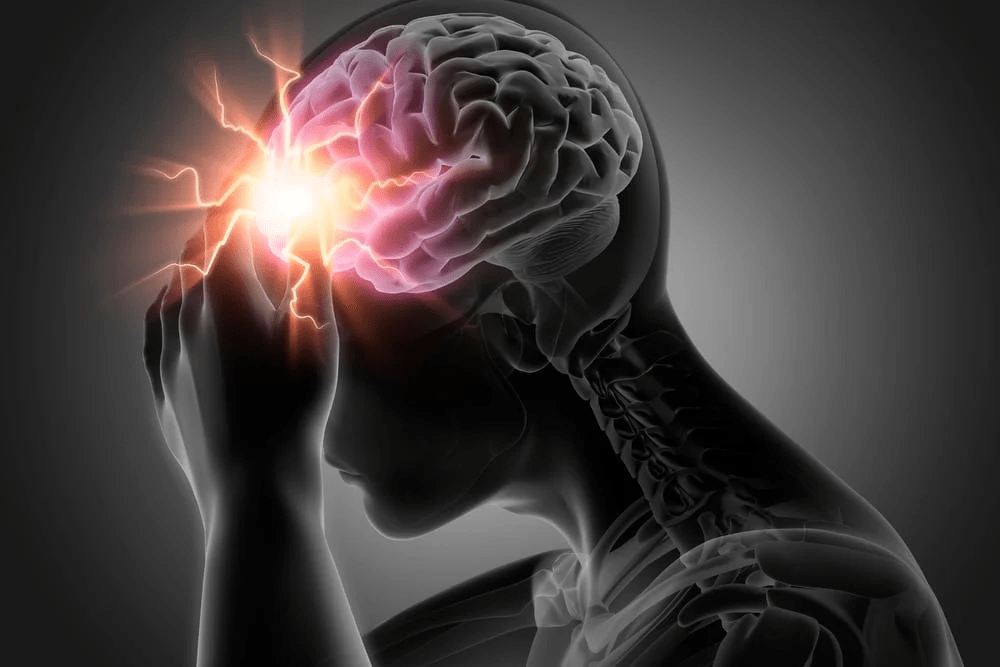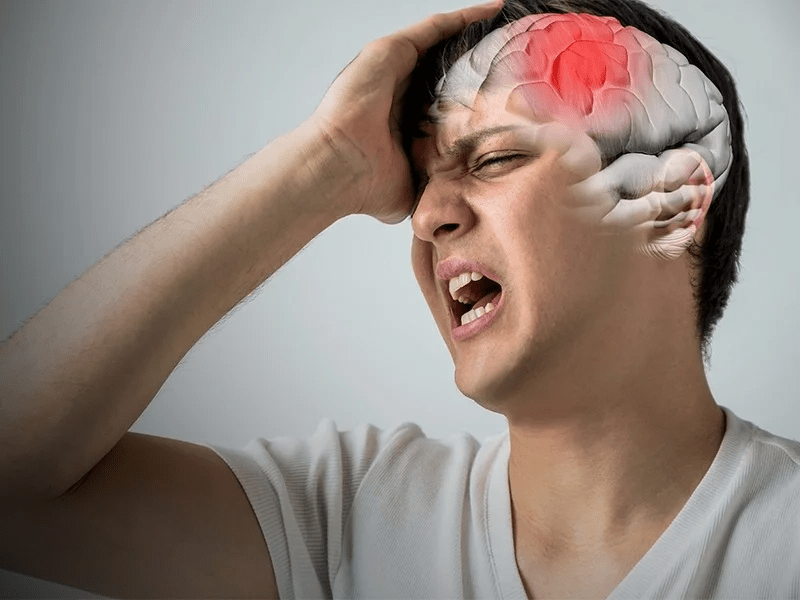
8 Subtle Signs Your Body May Warn You of a Stroke
Imagine this: your body might be whispering warnings about a stroke weeks before it happens, but would you know what to listen for? Strokes can strike suddenly, but research shows subtle signs can appear up to a month earlier, especially for seniors or those with risk factors like high blood pressure or diabetes. Recognizing these could be a lifesaver. Curious about what to watch for and how to protect yourself? We’re counting down eight warning signs and sharing nine powerful, practical tips to lower your risk—plus, a surprising prevention strategy you’ll want to know at the end!

Strokes are a leading cause of disability and death, with over 795,000 cases annually in the U.S., especially affecting adults over 55. They happen when blood flow to the brain is blocked (ischemic stroke) or a blood vessel bursts (hemorrhagic stroke), starving brain cells of oxygen. Risk factors like high blood pressure, smoking, or a family history increase your odds, and seniors are particularly vulnerable due to age-related changes in blood vessels. Ignoring early signs could mean missing a chance to act before a stroke hits, leading to serious complications like paralysis or speech loss. The good news? Many strokes are preventable, and catching warning signs early can make a big difference.
What are these signs, and how can you fight back? We’re revealing eight warning signs that may appear up to a month before a stroke, each backed by research, and nine practical tips to help you stay ahead of the risk. The final tip is a game-changer that ties it all together, so stick with us to uncover it!
Number eight: Sudden dizziness or loss of balance. Feeling unsteady or experiencing vertigo without a clear cause could signal reduced blood flow to the brain. Some studies suggest this is an early warning, especially for cerebellar strokes, which affect coordination. If you feel dizzy often, don’t brush it off—it’s worth checking out.

Number seven: Unusual headaches. A sudden, severe headache, or one that feels different from your usual migraines, may indicate a problem with brain blood flow. Research shows that 15% of ischemic stroke patients report such headaches within a week of the event, often linked to conditions like atrial fibrillation, an irregular heartbeat that raises stroke risk.
Number six: Tingling or weakness in one side. A tingling sensation or mild weakness in your face, arm, or leg—especially on one side—could be a sign of a transient ischemic attack (TIA), or mini-stroke. TIAs are temporary but warn of a potential full stroke, with 20% of cases leading to one within 90 days.
Number five: Vision changes. Sudden blurriness, double vision, or loss of vision in one or both eyes may suggest a stroke is looming. These changes can stem from reduced blood flow to the brain’s visual centers and should never be ignored.
Here’s a mini-hook to keep you curious: Did you know a common daily habit could be silently raising your stroke risk? We’ll reveal how to tackle it in our prevention tips!
Number four: Confusion or memory lapses. Sudden difficulty concentrating, forgetting things, or feeling mentally foggy could indicate temporary disruptions in brain blood flow. These subtle signs are often overlooked but may signal a TIA or early stroke risk.
Number three: Trouble speaking or understanding. If you suddenly struggle to find words, slur your speech, or can’t follow conversations, it might be a warning. These language disruptions are classic TIA symptoms and can appear days or weeks before a major stroke.

Number two: Unexplained fatigue. Feeling unusually exhausted without a clear reason could mean your brain isn’t getting enough oxygen. Some studies suggest this fatigue can precede a stroke, especially in older adults or those with vascular issues.
And now, the number one warning sign: A transient ischemic attack (TIA). Often called a mini-stroke, a TIA causes stroke-like symptoms—face drooping, arm weakness, or slurred speech—that resolve within minutes to 24 hours. About one-third of people who have a TIA will have a full stroke within a year, with many occurring within days. If you experience these symptoms, call 911 immediately, even if they fade.
Ready to take control? Here are nine powerful, research-backed tips to help prevent a stroke. Always consult a healthcare professional before making changes, especially if you have risk factors like high blood pressure or diabetes.
- Manage blood pressure. High blood pressure is the leading cause of stroke, doubling or even quadrupling your risk if uncontrolled. Aim for a reading below 120/80, and check it regularly. Lifestyle changes like reducing salt and stress, or medications prescribed by your doctor, can help.
- Quit smoking. Smoking thickens blood and increases plaque buildup in arteries, raising stroke risk. Quitting can cut your risk significantly. Ask your doctor about nicotine patches, counseling, or other aids to help you stop.
- Control blood sugar. Diabetes can damage blood vessels, increasing stroke risk. Keep blood sugar in check with a balanced diet, exercise, and medications if needed. Regular checkups can catch issues early.
- Exercise regularly. Physical inactivity is a major stroke risk factor. Aim for 150 minutes of moderate exercise, like brisk walking, each week. It helps lower blood pressure, cholesterol, and weight, all of which protect your brain.
- Eat a heart-healthy diet. A diet rich in fruits, vegetables, whole grains, and lean proteins—like the Mediterranean diet—can reduce stroke risk. Limit saturated fats, trans fats, and processed foods to keep arteries clear.
- Maintain a healthy weight. Excess weight strains your heart and blood vessels. Losing even 5–10% of your body weight can lower stroke risk. Focus on portion control and nutrient-dense foods.
- Limit alcohol. Heavy drinking raises blood pressure and stroke risk. Stick to one drink per day for women and two for men, or less, to stay safe.
- Manage stress. Chronic stress can spike blood pressure and inflammation. Try relaxation techniques like deep breathing, yoga, or meditation to keep stress in check.
And the number one prevention tip: Get regular health screenings. Annual checkups can catch silent risks like high blood pressure, high cholesterol, or atrial fibrillation before they lead to a stroke. These conditions often have no symptoms, so proactive screening is a lifesaver. Work with your doctor to create a personalized plan to monitor and manage your risks.

Don’t wait for a warning sign to act. This week, pick one tip—like adding a 20-minute walk or checking your blood pressure—and start there. Small changes can make a big difference. Share your first step in the comments below, and let’s keep the conversation going!
This article is informational only and does not replace professional medical advice — recommend readers consult a qualified healthcare provider for personalized guidance.
News in the same category


Unlock the Power of Roselle Infusion for Better Health

Discover the Creamy Avocado Banana Smoothie That Nourishes Your Busy Days

Discover Horehound: A Natural Treasure for Your Health

9 Common Symptoms of Anemia: Identify Them and Fight Them with Natural Remedies

Toothpaste and Vaseline: A Risk for Your Skin?

The Benefits of Boiling Garlic in Milk: A Healthy Natural Remedy

"Benefits of Mint" ✅

“Powerful Natural Infusion with Noni, Guava, Bay Leaves, and Turmeric” 🌿✨

The Amazing Benefits of Guava Leaves for Your Health 🍃💪

The Proper Way to Drink Water: A Path to Health and Wellness

The Proper Way to Drink Water: A Path to Health and Wellness

Make new hair grow and stop hair loss naturally! 🌿✨

PURSLANE: SUCCULENT AND HIGHLY NUTRITIOUS

Uncover the Viral Toothpaste & Vaseline Skincare Secret That’s Taking Over 2025!

Unveil the Magic of Cloves: 17 Health Secrets You’ll Wish You Knew Sooner

Unlock the Secret to Luscious Hair with Two Kitchen Ingredients You’ll Wish You Discovered Sooner

Supercharge Your Energy with Nature’s Finest: Cucumber, Beet, and Onion!
News Post

Bill Gates Trades the Boardroom for the Help Desk: A Day in Customer Support at His Daughter’s Startup

Only a Genius Can Spot the Hidden Error in This Family Picture

Garlic: Your Secret Weapon Against Urinary Tract Infections

Unlock the Power of Roselle Infusion for Better Health

Discover the Creamy Avocado Banana Smoothie That Nourishes Your Busy Days

Beetroot, Ginger, and Lemon Elixir: A Natural Kidney Boost

Indian Woman Seen ‘Begging’ at Canadian Railway Station While Carrying Prada Bag Sparks Debate

From Breakfast to Batteries: How Eggshell Waste Could Power a Greener Future

Algae-Based Inks: A Green Revolution in Printing and Packaging

India Harnesses Cow Dung for Eco‐Innovation: Paints, Paper & Rural Gains

London Buses Run on Coffee: Turning Waste into Green Energy

Sitting Cross-Legged for Too Long – A Seemingly Harmless Habit with 6 Hidden Health Risks

Top 5 Foods That Make Your Skin Radiant from Within

Discover Horehound: A Natural Treasure for Your Health

9 Common Symptoms of Anemia: Identify Them and Fight Them with Natural Remedies

British Boxing Legend Ricky Hatton Dies at 46

Toothpaste and Vaseline: A Risk for Your Skin?

The Benefits of Boiling Garlic in Milk: A Healthy Natural Remedy
